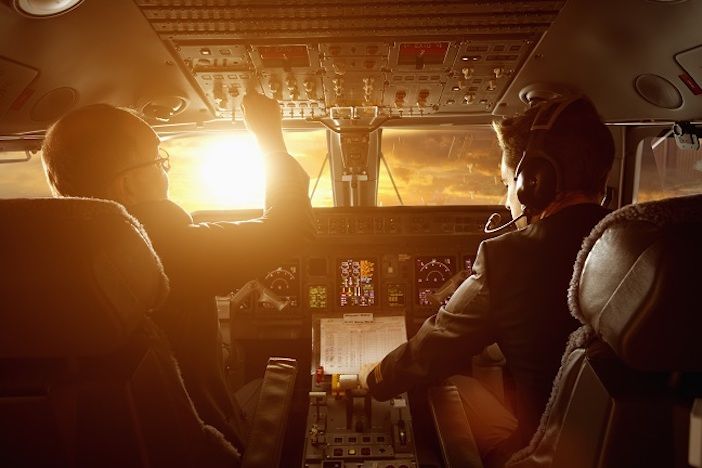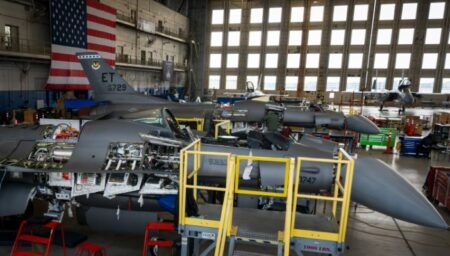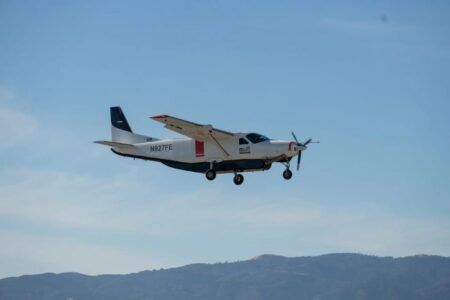Communications satellite provider Inmarsat’s digital communications and data platform SB-S has been approved for use by the US Federal Aviation Administration.
SB-S provides IP-based broadband internet connectivity via satellites for aircraft operational and safety communications. According to Inmarsat, operational benefits include enhanced fleet and crew management, predictive maintenance, disruption management and aircraft health monitoring
The Federal Aviation Administration’s (FAA) approval validates the use of SB-S to provide direct datalink communication between pilots and Air Traffic Control (ATC).
The endorsement follows a recommendation last year from the FAA’s Performance Based Operations Aviation Rulemaking Committee and an extensive live evaluation of SB-S by Hawaiian Airlines and United Airlines, which took place between June 2015 and July 2018 on approximately 25,000 flights and seven aircraft types. Inmarsat partners in the testing included Cobham Aerospace Communications, Collins Aerospace and L2.
China’s Shenzhen Airlines is already using SB-S and the platform has been selected by Airbus for its A320 and A330 families.
The IP solution provided by Inmarsat’s SB-S is a vital part of air traffic modernisation programs, such as the Single European Sky ATM Research (SESAR) masterplan and NextGen in the USA.
Inmarsat’s SB-S is also used in Iris, a project by Inmarsat and the European Space Agency (ESA) that uses satellite-based datalink communication to enhance and modernise air traffic management over European airspace.
Philip Balaam, president of Inmarsat Aviation said, “SB-S is the world’s first solution for digital aircraft operations and safety. Receiving the FAA’s final approval is a milestone of significance, validating the potential of SB-S to maximize airline operational efficiency and safety for many years to come.”
SB-S uses Inmarsat’s advanced global L-band satellite network. The company is scheduled to launch two additional L-band payloads in 2020 and 2021.
The London School of Economics (LSE) recently published a research study placing the value of digital aircraft operations at US$15 billion annually by 2035. The full report can be read here.





